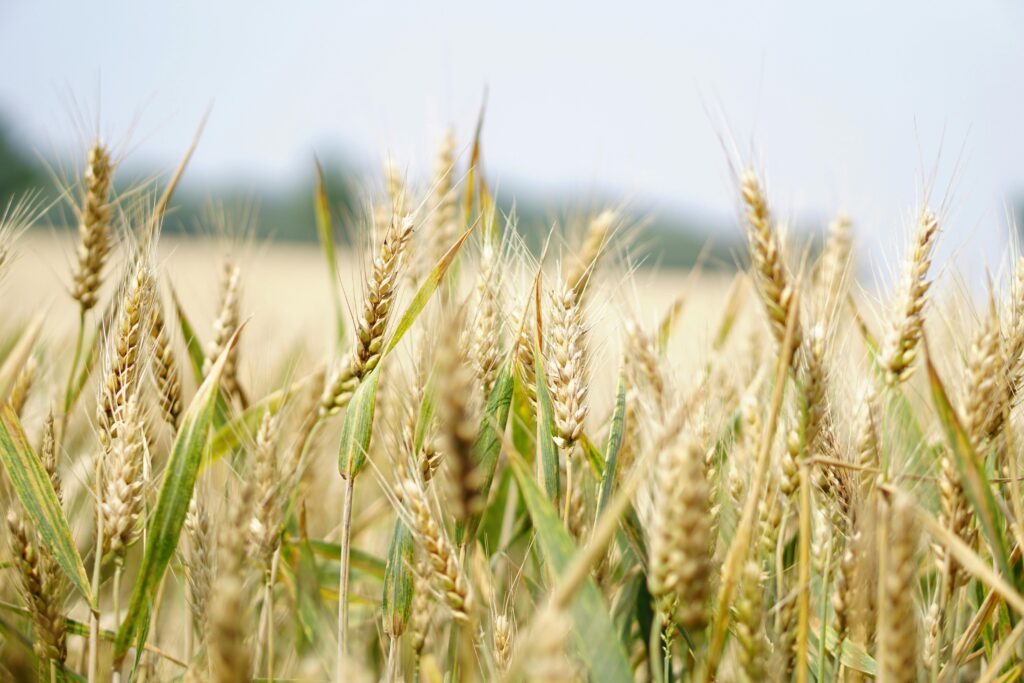When most people think about gardening, they picture rows of tomatoes, leafy greens, and maybe a few peppers. But what if I told you that one of the best things you can plant in your vegetable garden isn’t for eating at all?
Enter cover crops—the unsung heroes of healthy soil. These plants might not make it to your dinner plate, but they work behind the scenes to improve your garden in ways that will boost your harvest season after season.
What Are Cover Crops?
Cover crops are plants grown primarily to benefit the soil, not for harvest. They’re like a protective blanket for your garden, shielding it from erosion, improving fertility, and suppressing weeds. Think of them as a living mulch that keeps working long after the season ends.
Some common cover crops for vegetable gardens include:
Legumes (like clover, vetch, and field peas) – These fix nitrogen in the soil, providing natural fertilizer.
Grasses (like rye, barley, and oats) – Great for adding organic matter and preventing erosion.
Brassicas (like mustard and radishes) – Help break up compacted soil and suppress pests.
The Benefits of Cover Crops
1. Better Soil Health
Good soil is the foundation of a productive vegetable garden, and cover crops improve soil in multiple ways. They add organic matter, increase microbial activity, and even help loosen compacted soil, making it easier for your veggies to grow deep, healthy roots.
2. Natural Fertilizer
Who doesn’t love free fertilizer? Leguminous cover crops like clover and field peas pull nitrogen from the air and store it in the soil, reducing the need for synthetic fertilizers. When you turn these plants into the soil, they release those nutrients for your vegetables to use.
3. Weed Suppression
Weeds are a constant battle in any garden, but cover crops can help. They act as a natural ground cover, shading out weeds before they even get a chance to take hold. Rye and buckwheat are particularly good at this—plus, they break down quickly, enriching the soil after they’re tilled in.
4. Erosion Control
If you’ve ever watched your garden soil wash away after a heavy rain, you know how frustrating erosion can be. Cover crops hold the soil in place with their roots, protecting it from wind and water damage. This is especially useful in raised beds and sloped gardens.
5. Pest and Disease Management
Some cover crops, like mustard and radishes, release compounds that naturally suppress harmful soil pests and diseases. Others, like clover, attract beneficial insects that prey on common garden pests. By planting cover crops strategically, you can create a healthier, more balanced garden ecosystem.
When and How to Plant Cover Crops
The best time to plant cover crops depends on your growing season:
Fall – After your vegetable harvest, sow winter-hardy cover crops like rye or clover. They’ll grow through the colder months and be ready to turn into the soil in spring.
Spring/Summer – If you have a garden bed sitting empty between plantings, fast-growing cover crops like buckwheat or field peas can keep the soil active and healthy.
When you’re ready to plant your next vegetable crop, simply cut down or till in the cover crop, let it decompose for a couple of weeks, and you’re good to go!
Cover crops are one of the easiest, most effective ways to improve your garden naturally. They enrich the soil, reduce weeds, prevent erosion, and even help manage pests—all without requiring extra fertilizer or chemicals.
So next time you’re planning your vegetable garden, consider giving cover crops a try. Your soil (and your future harvest) will thank you!

